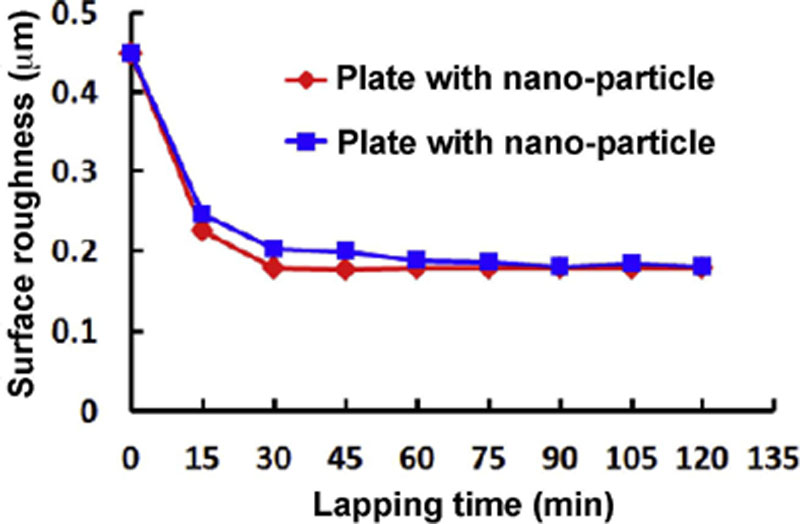Grind/Lap of Ceramics with UV-Bonded Diamond Wheels
Abstract
In conventional lapping process, the lapping efficiency is limited due to the abrasion mechanism that is illustrated as three-body abrasion. In order to improve the efficiency and surface finish, a fine grinding or grind/lap process is proposed and studied in this research. First of all, the material properties of the ultraviolet-curable resin and mixture are investigated and the optimum combination of resin and diamond abrasive was selected. Besides, kinematics of the grind/lap was analyzed to study its influence on the performance of the resin bonded wheel. Moreover, based on experimental results analysis, the mechanism for grind/lap process was proposed, and it is considered as a combination of conventional grinding and lapping process. At last, two ways to improve the performance of wheel were carried out and the results were compared.
Keywords
8.1. Introduction
8.2. UV bonding techniques
UV Curable Resin
Mechanism of UV Bonding
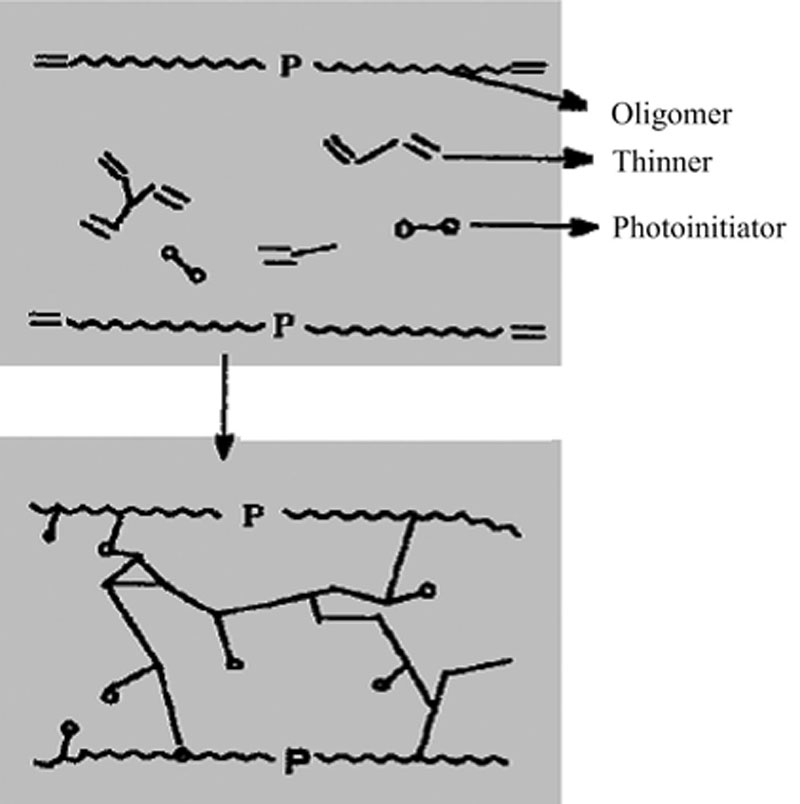
Mechanical Bonding

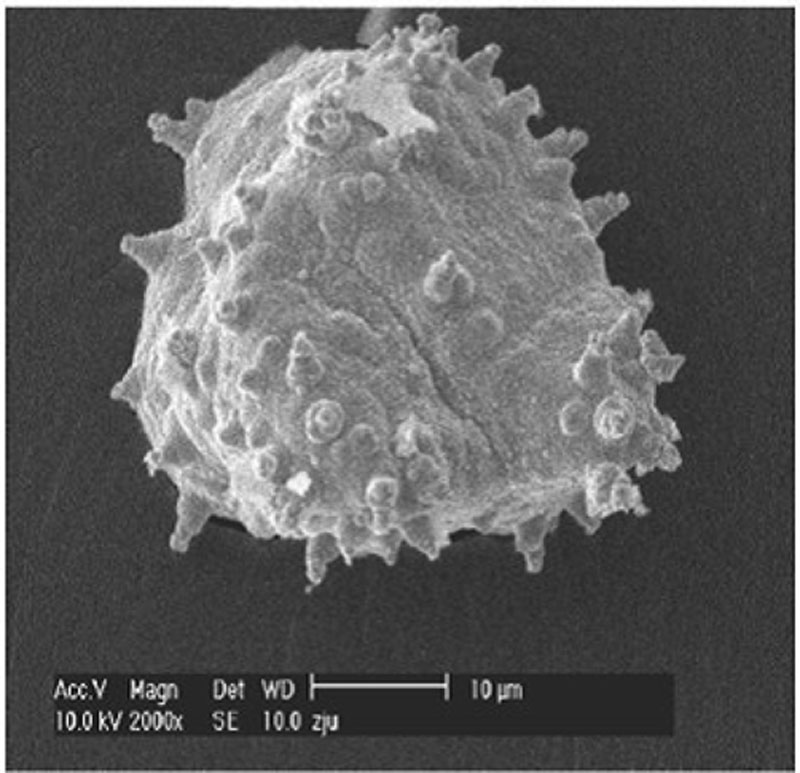
Adsorption Bonding
8.3. Manufacturing of UV-bonded diamond wheel
Properties of UV-Curable Resin
Table 8.1
Three Ultraviolet-Cure Resins
| Resin | 425 | 921-VT | 363 |
| Durameter hardness | D80 | D75 | D80 |
| Water absorption (%) | 0.7 | 1.1 | 1.8 |
| Viscosity (mPa·s) | 4,000 | 11,000 | 1,300–1,700 |
| Thermal limit (°C) | −40 to 150 | −43 to 177 | −45 to 160 |
| Tensile at break (psi) | 6,200 | 5,200 | 5,000 |
| Elongation at break (%) | 7.3 | 35 | 12 |
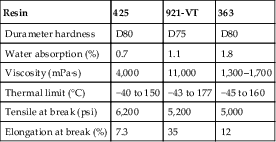
Properties of Diamond Abrasive
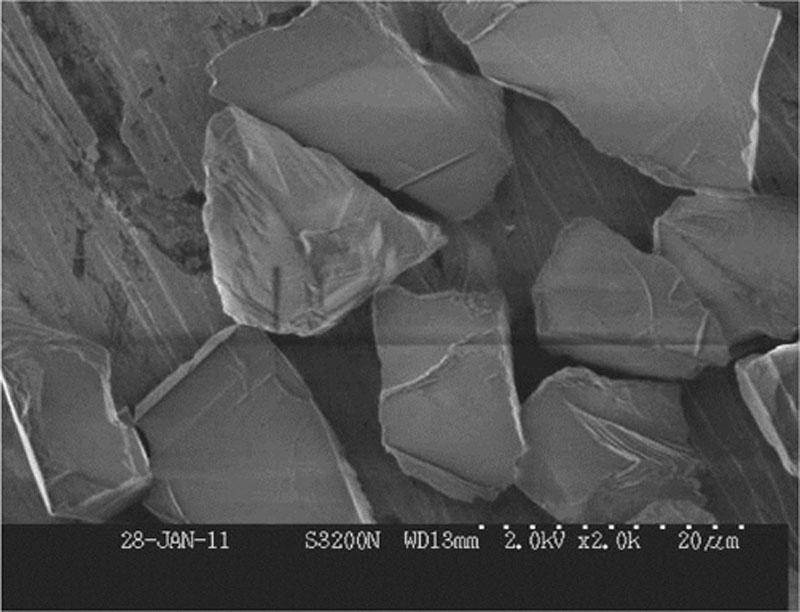
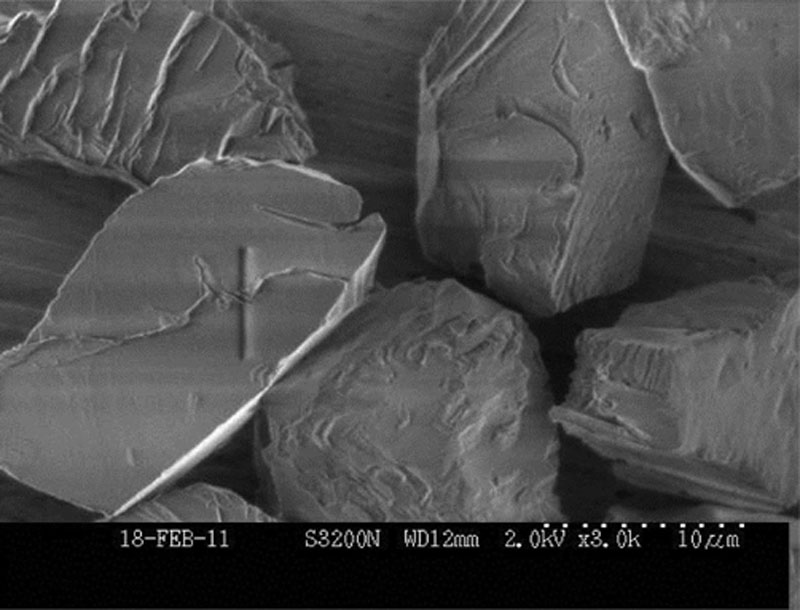
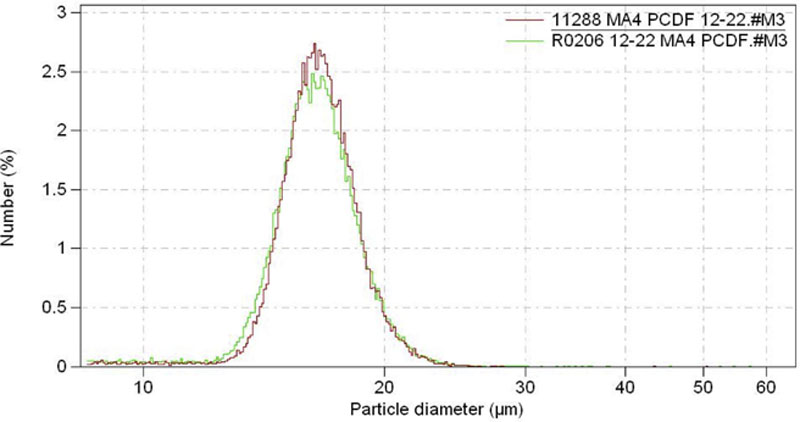
Properties of UV-Bonded Sample
Tensile Strength
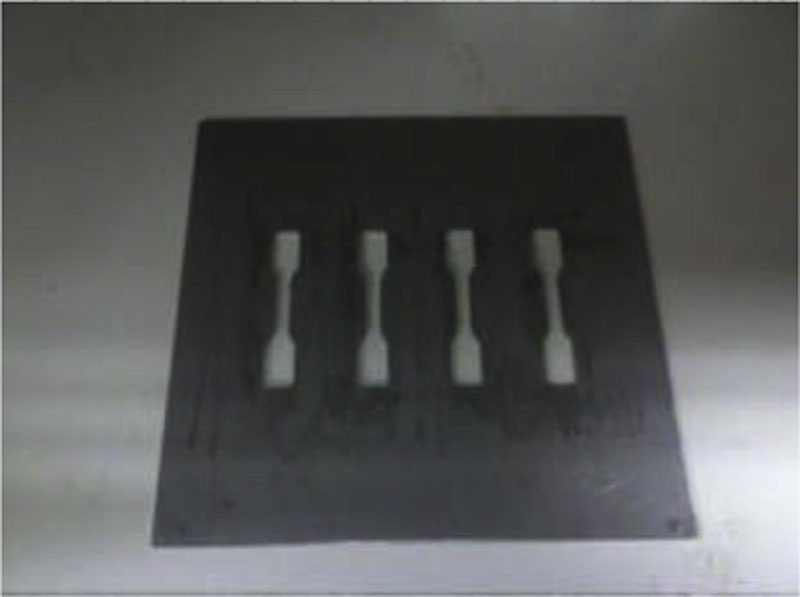
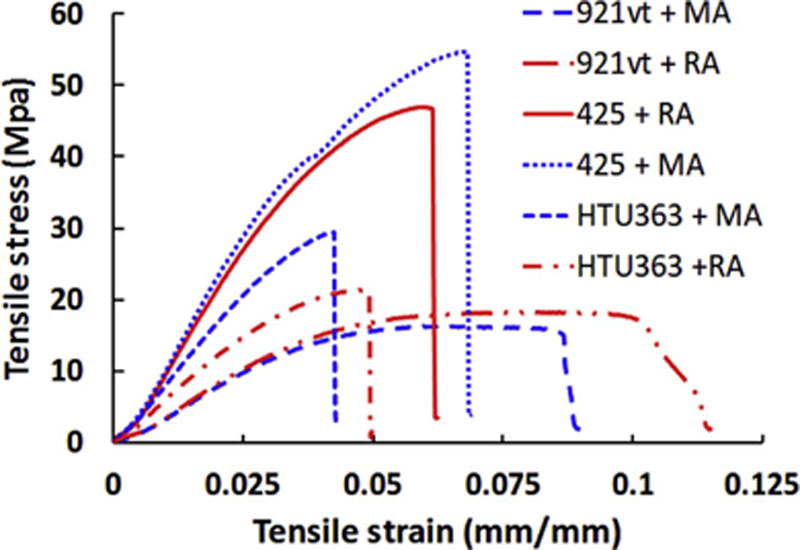
Porosity
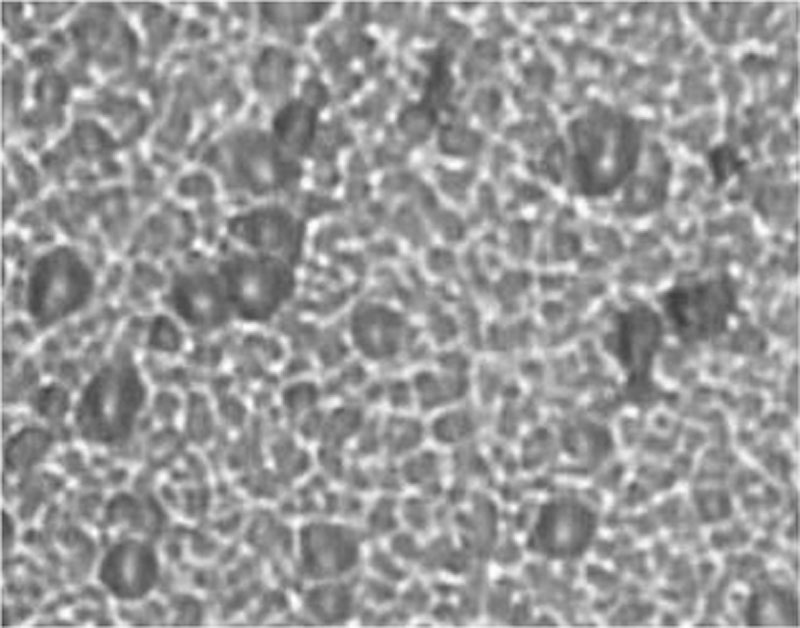
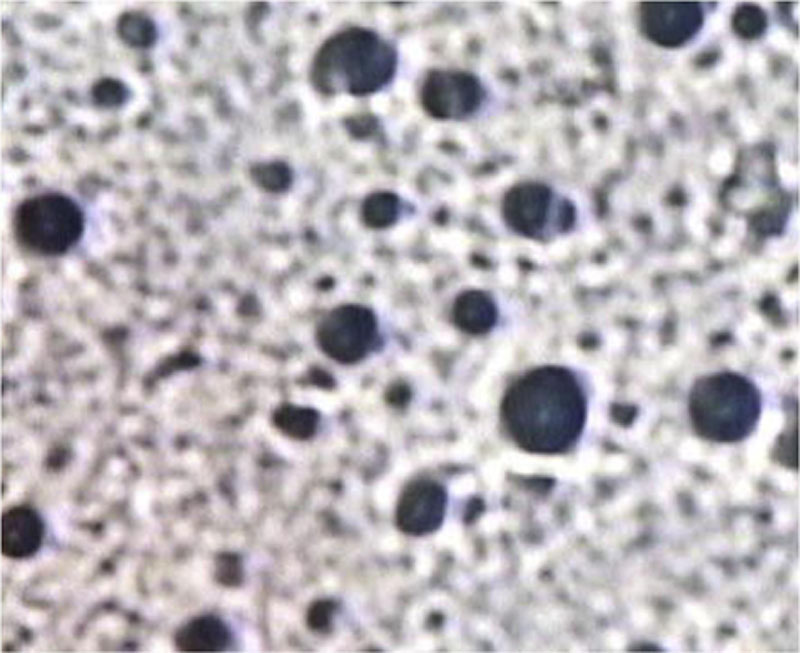
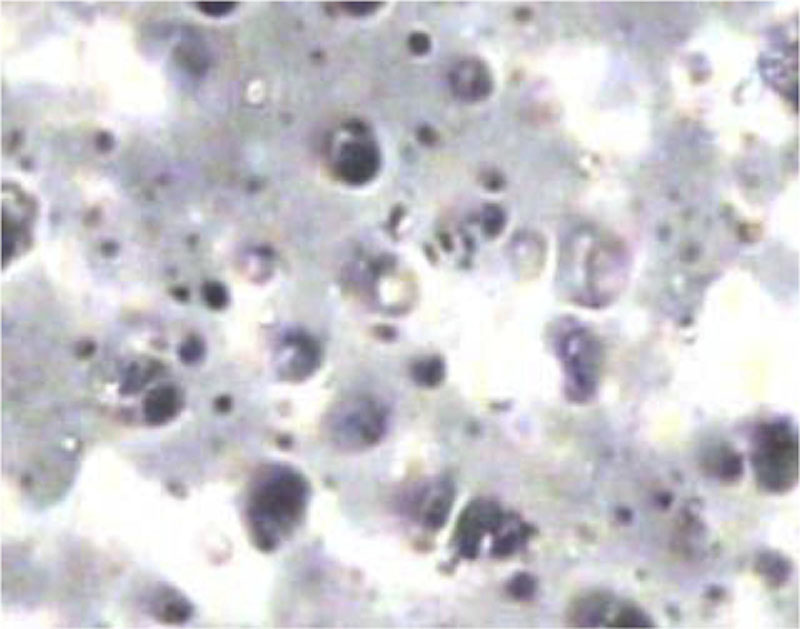
Hardness and Wear Resistance
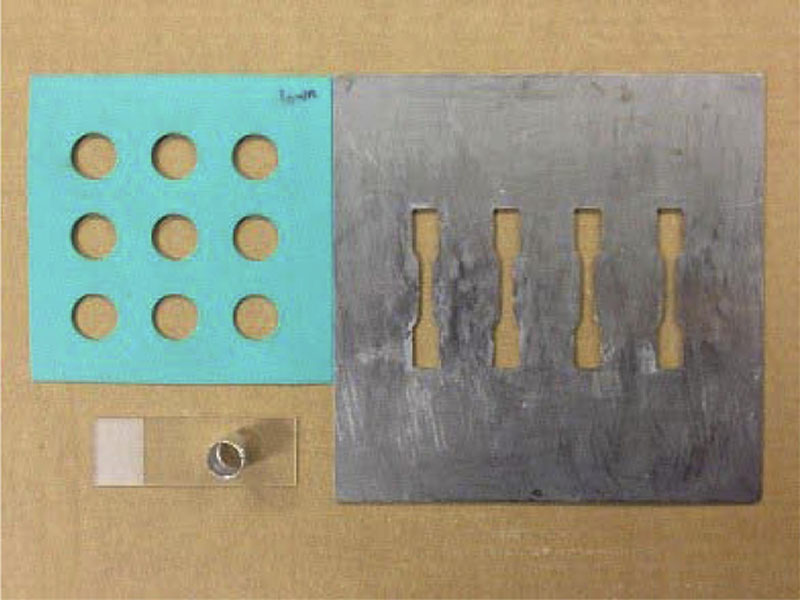
Table 8.2
Hardness and Abrasion of Resin-Abrasive Mixtures
| Resin | UV-resin (921) | UV-resin (425) | UV-resin (363) | |||
| Diamond powder (15 μm) | MA4 12.5%vol | RA 12.5%vol | MA4 12.5%vol | RA 12.5%vol | MA4 12.5%vol | RA 12.5%vol |
| Hardness (kgf/mm2) | 11.1 | 12.3 | 15.4 | 13.6 | 8.3 | 7.7 |
| Abrasion (mm) | 0.074 | 0.082 | 0.078 | 0.077 | 0.038 | 0.052 |

Manufacturing Process
Ultraviolet Curing System
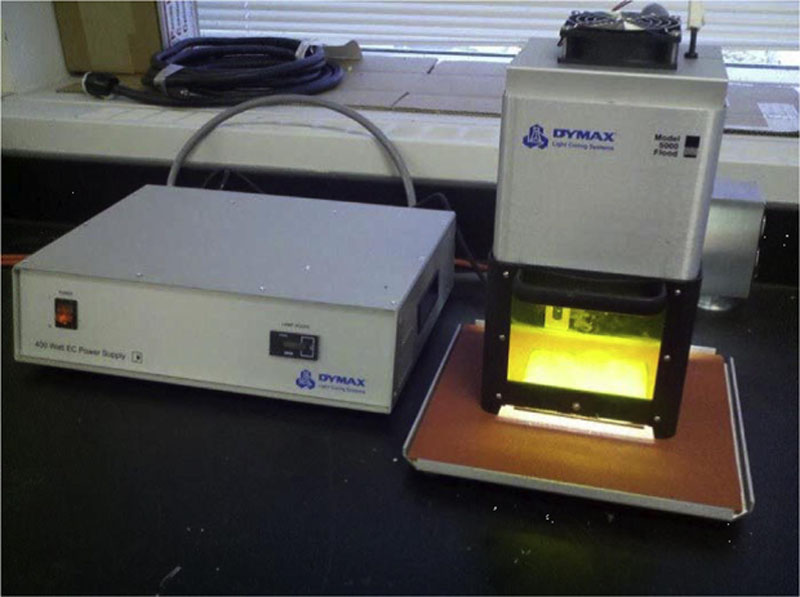
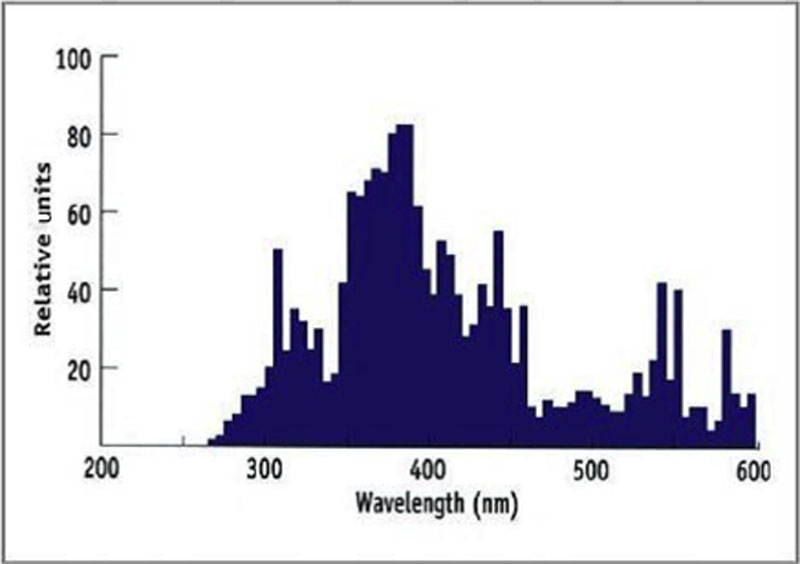
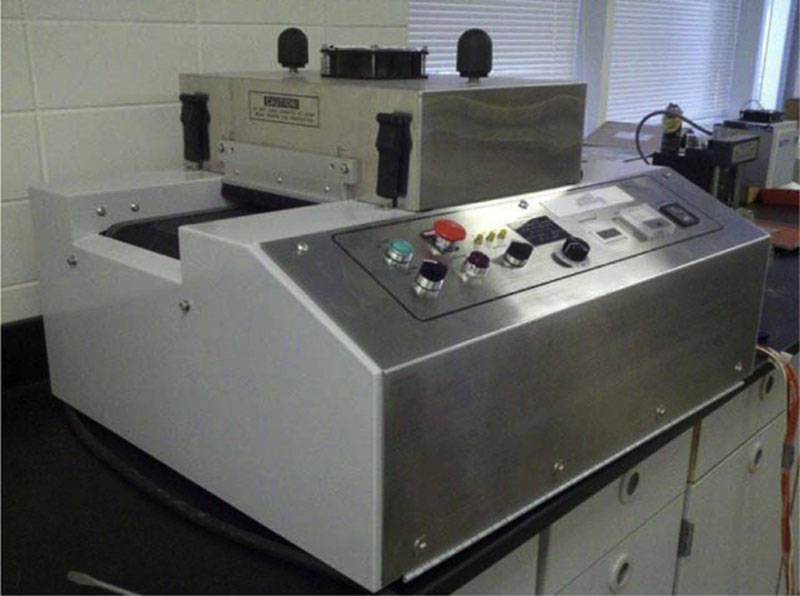
Spin-Curing Method

Slice-Curing Method
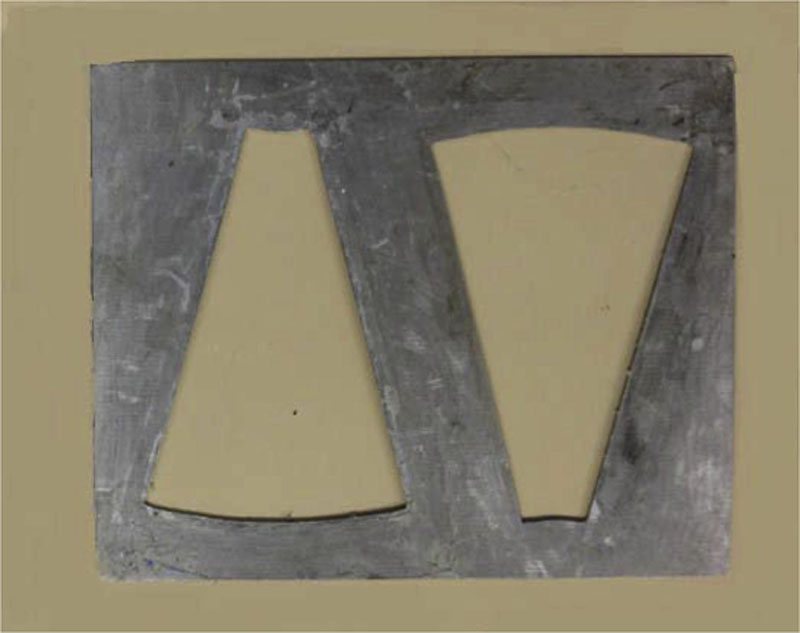

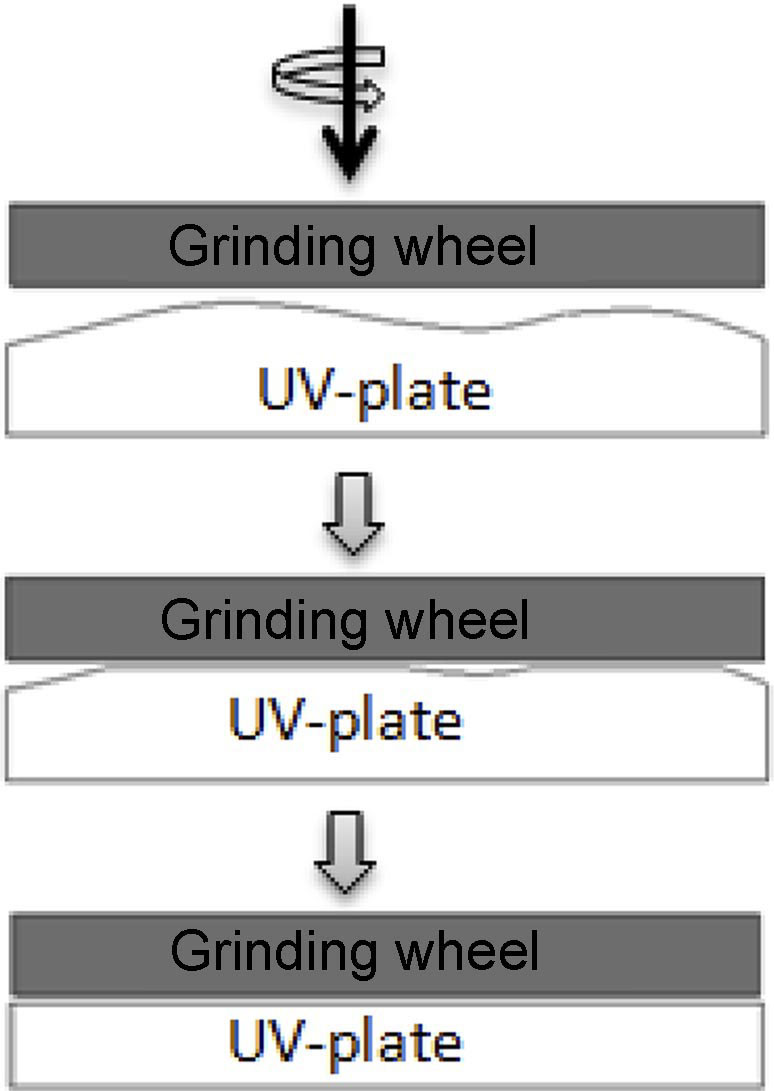
8.4. Kinematic analysis of grind/lap
Analysis of Kinematic Path Type Under Different Lapping Coefficient N
 (8.1)
(8.1)Table 8.3
Kinematical Trace of Workpiece When w2 > w1
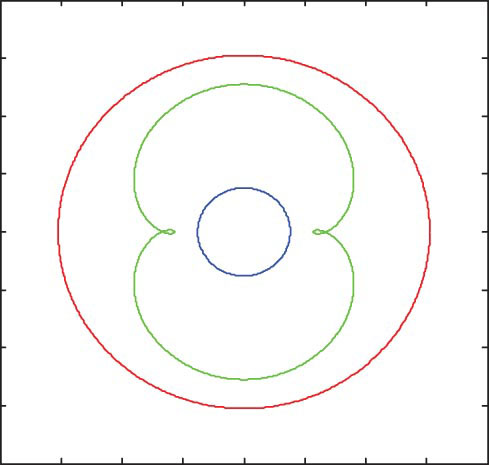 | 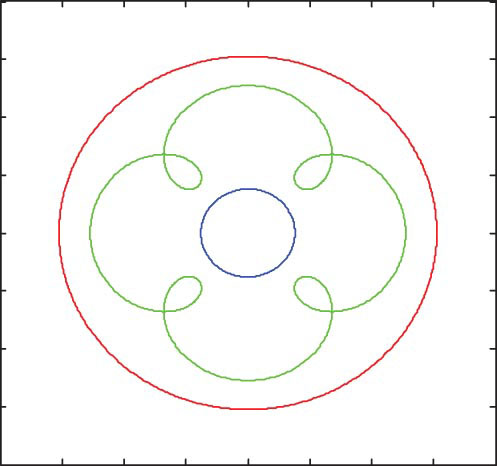 | 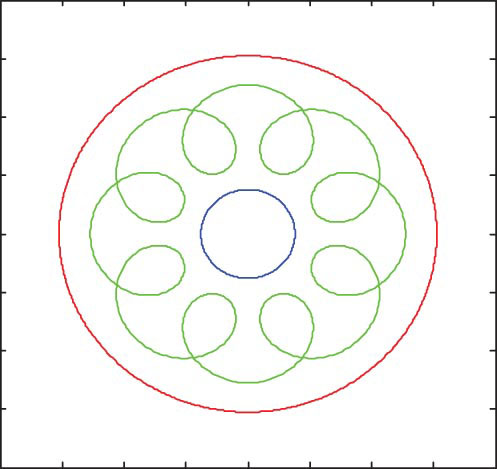 | 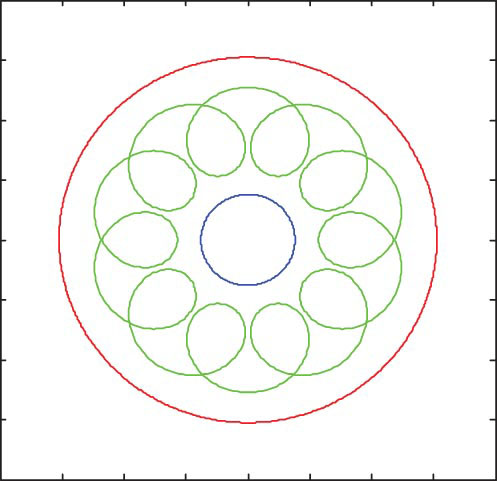 |
| N = −2 | N = −4 | N = −8 | N = −10 |
| N = 2 | N = 4 | N = 8 | N = 10 |
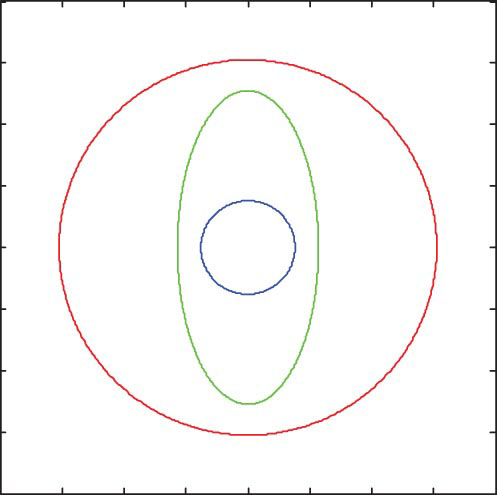 | 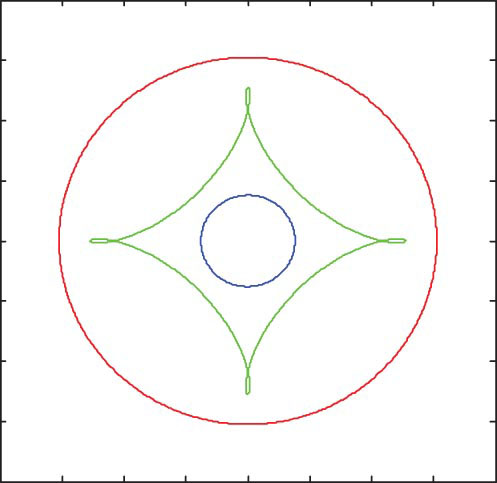 | 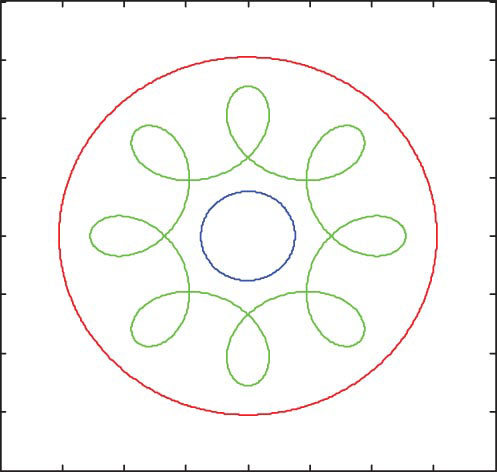 | 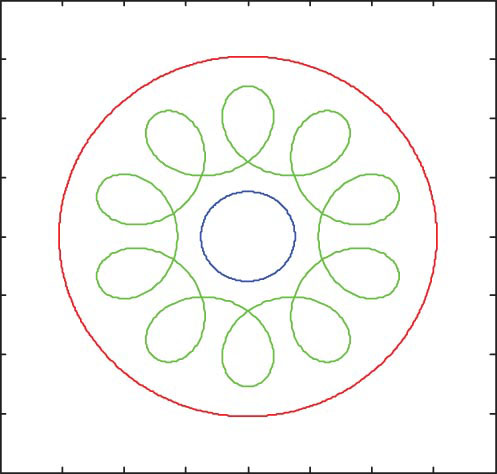 |
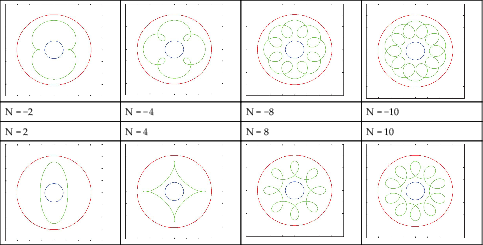
 (8.2)
(8.2)Table 8.4
Kinematical Trace of Workpiece when w1 > w2
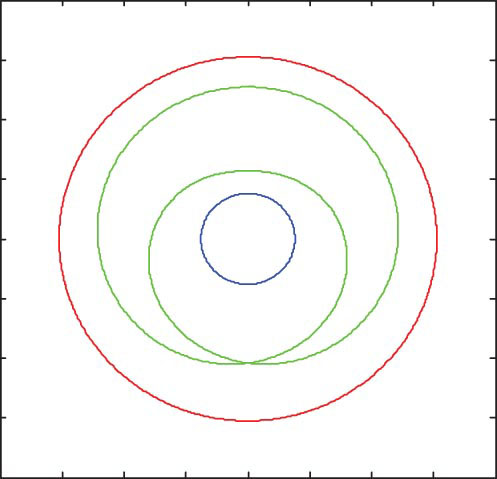 | 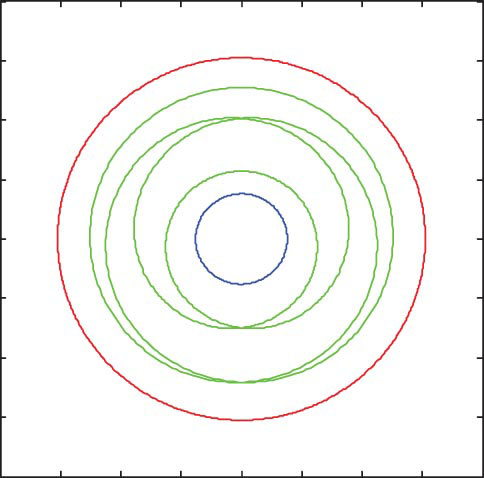 | 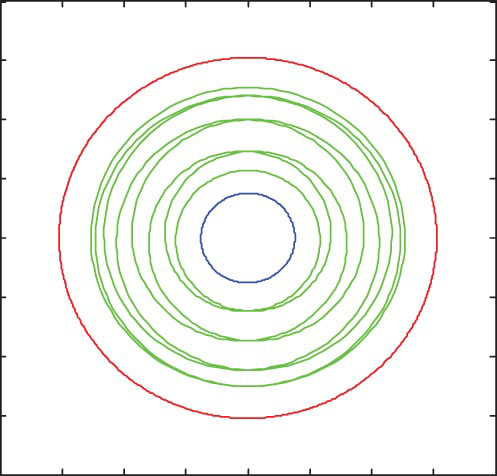 | 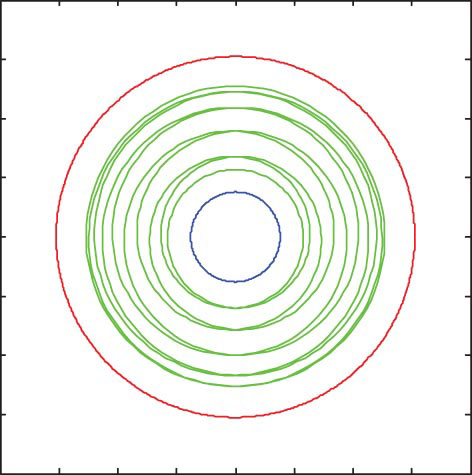 |
| N = −2 | N = −4 | N = −8 | N = −10 |
| N = 2 | N = 4 | N = 8 | N = 10 |
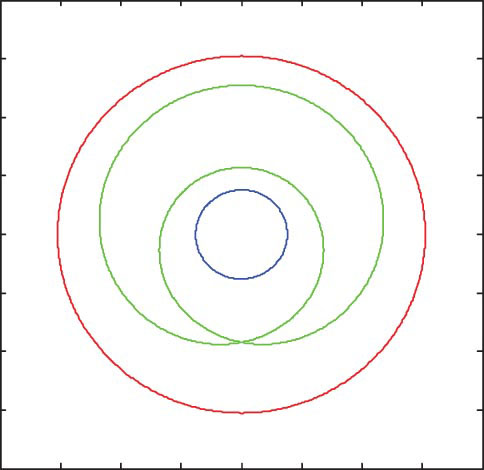 | 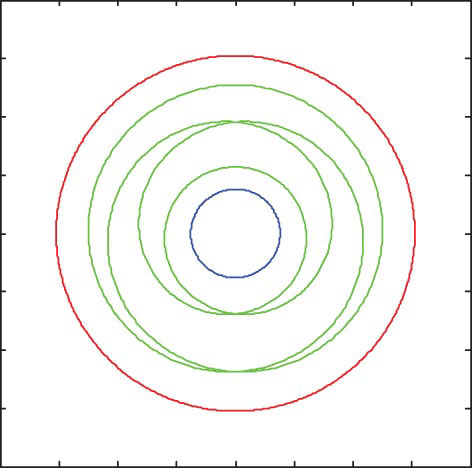 |  | 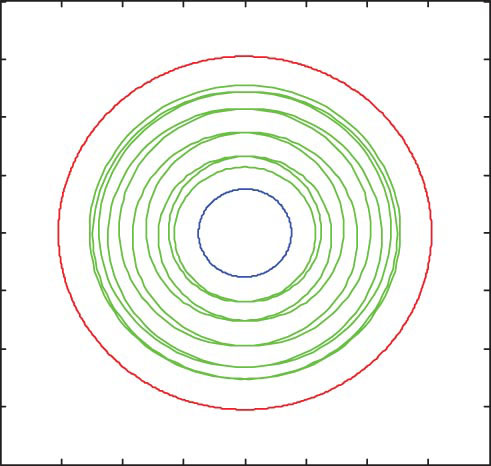 |

Kinematic Relation of UV Diamond Wheel and Lapping Machine

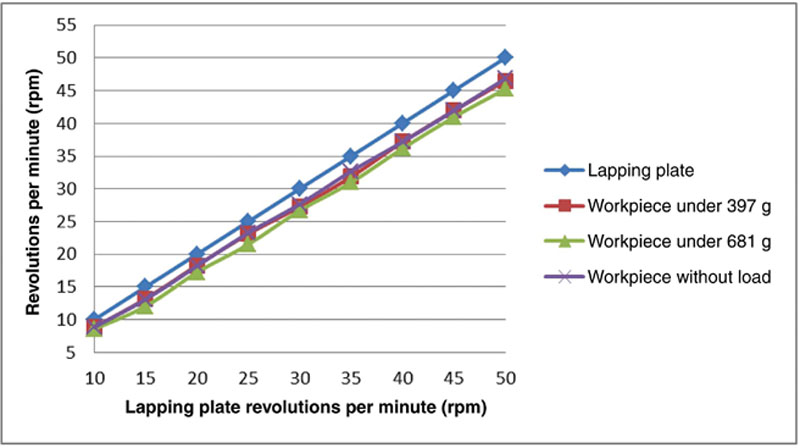
Kinematic Simulation of Grind/Lap of Al2O3 Ceramics with UV-Bonded Wheel
Table 8.5
Traces of Workpieces Under Three Different Machining Conditions
| Normal load | Unload | 397 g | 681 g |
| Lapping plate (rpm) | |||
| 10 | 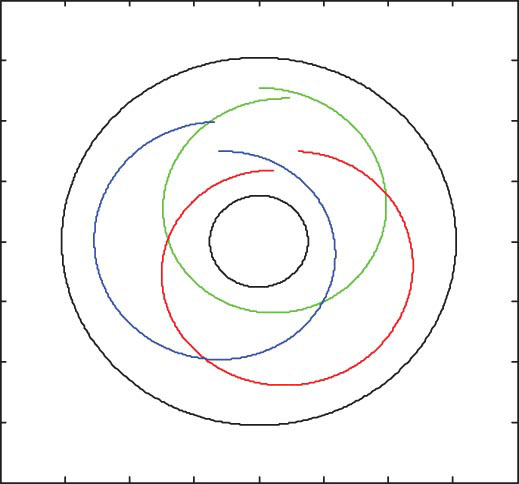 | 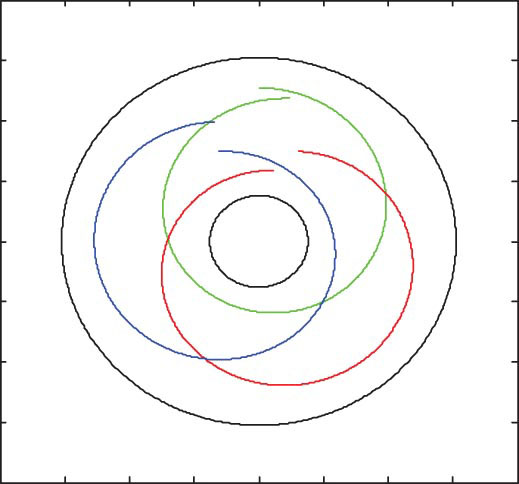 | 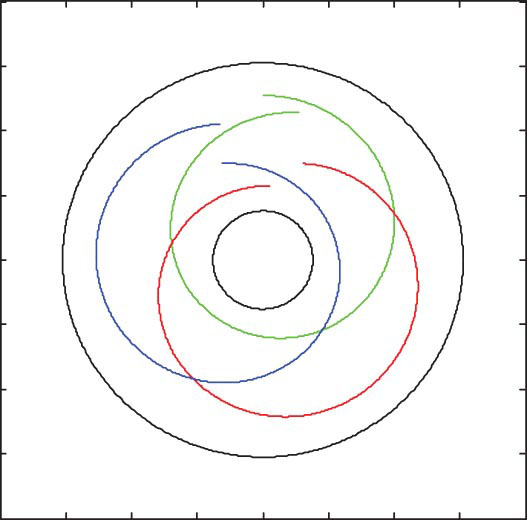 |
| 20 | 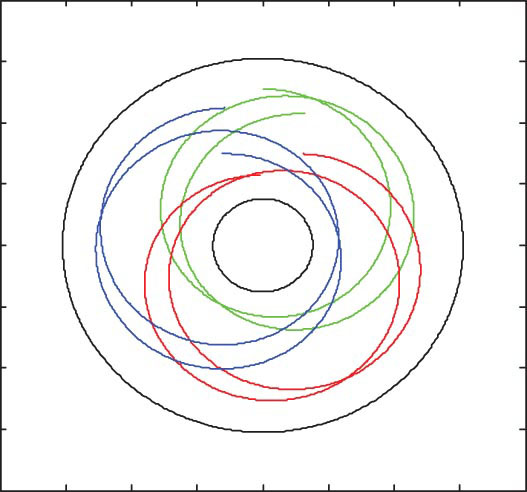 | 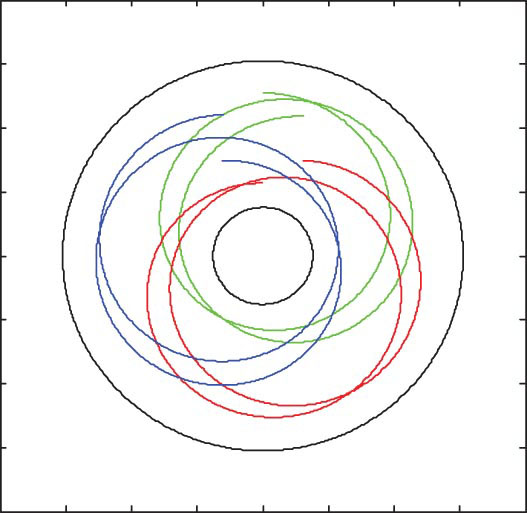 | 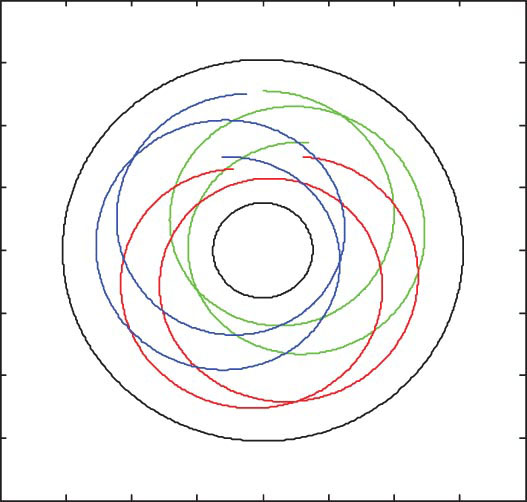 |
| 30 | 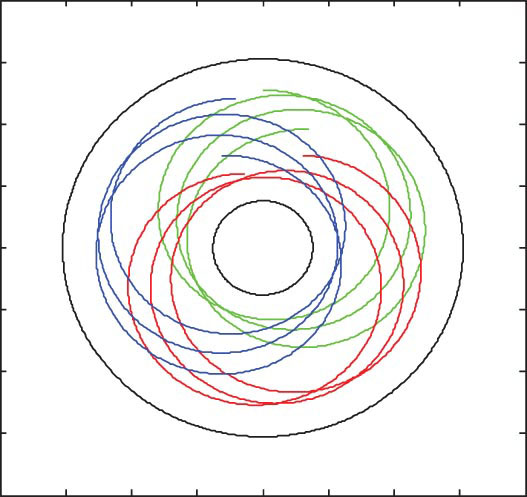 | 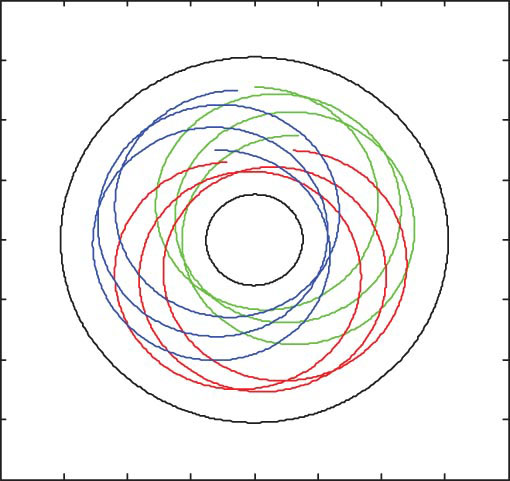 | 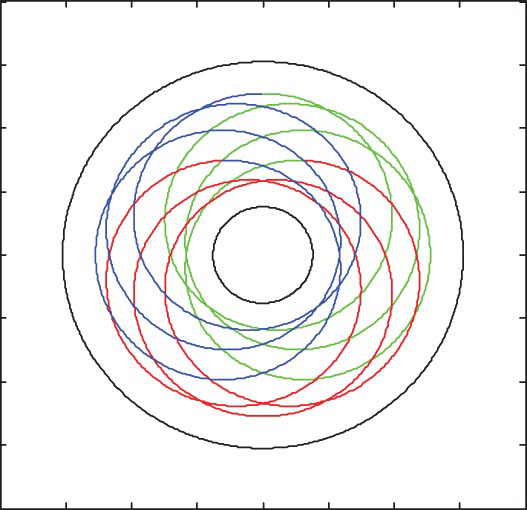 |
| 40 | 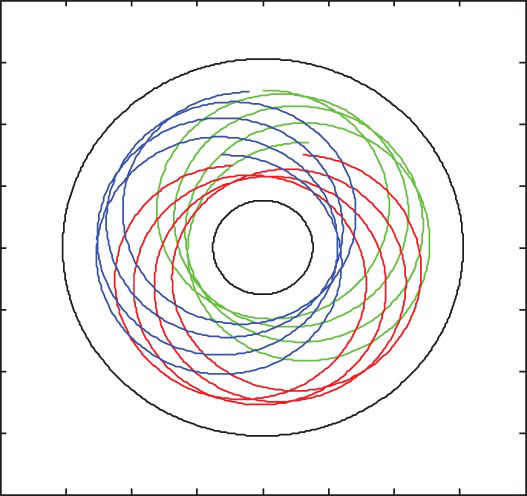 | 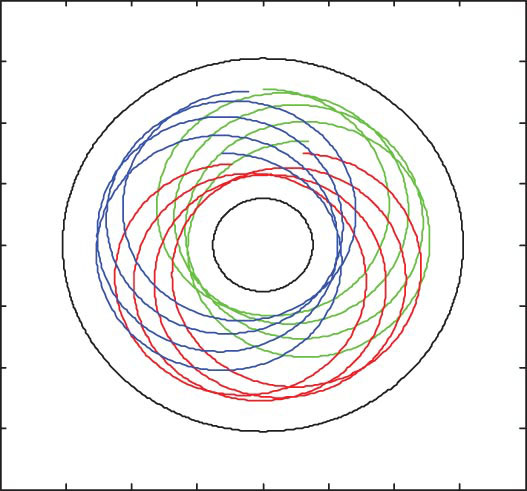 | 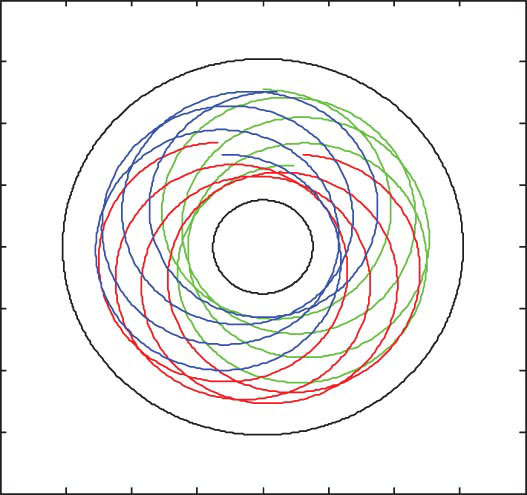 |
| 50 | 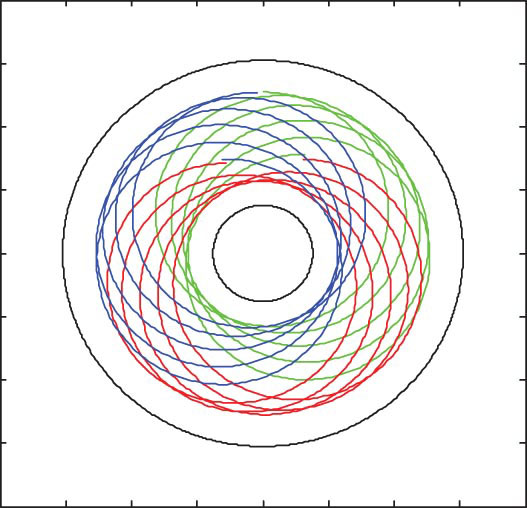 | 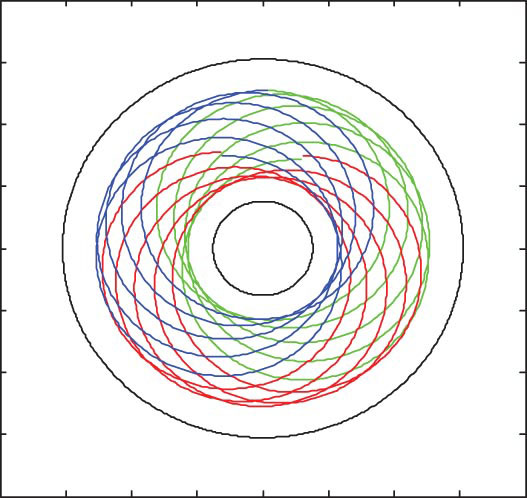 | 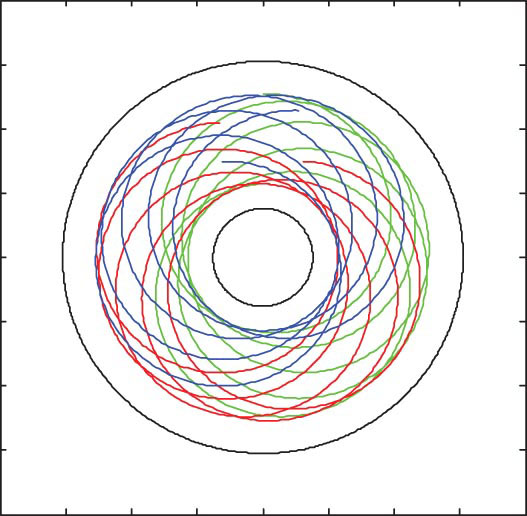 |

8.5. Effects of UV-bonded wheel
Effects of UV-Bonding Techniques on Machining Silicon Wafers
Table 8.6
Experimental Conditions
| Parameter | Value |
| Lapping machine | Lapmaster 12 |
| Work piece | 5″ Al2O3 ceramics |
| Rotate speed (rpm) | 40 |
| Roughness tester | Pocket surf |
| Lapping load (kgf/cm2) | 0.018 |
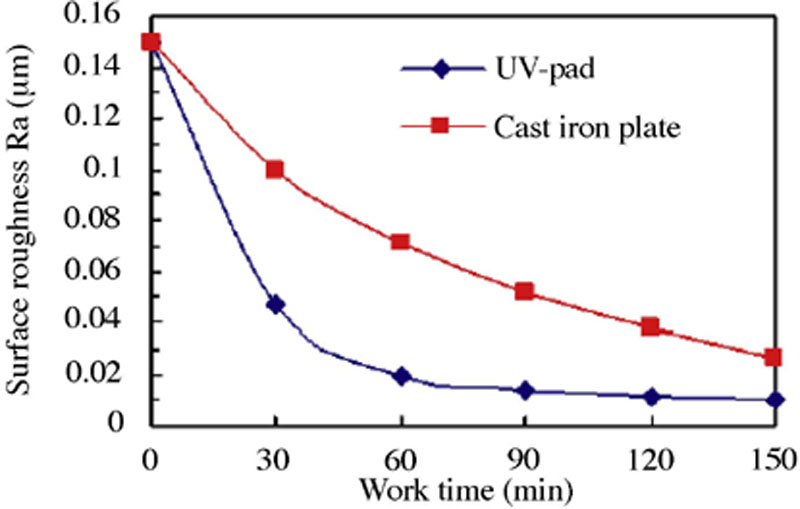
Effects of Applied Pressure on Grind/Lap of Al2O3 Ceramics
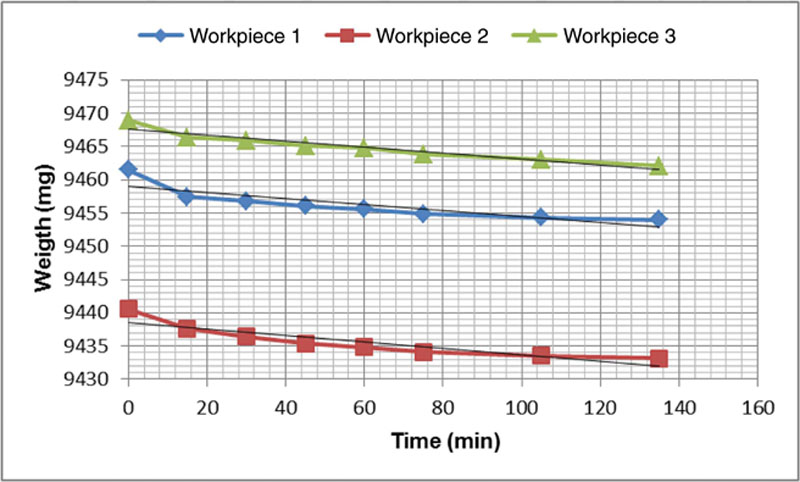
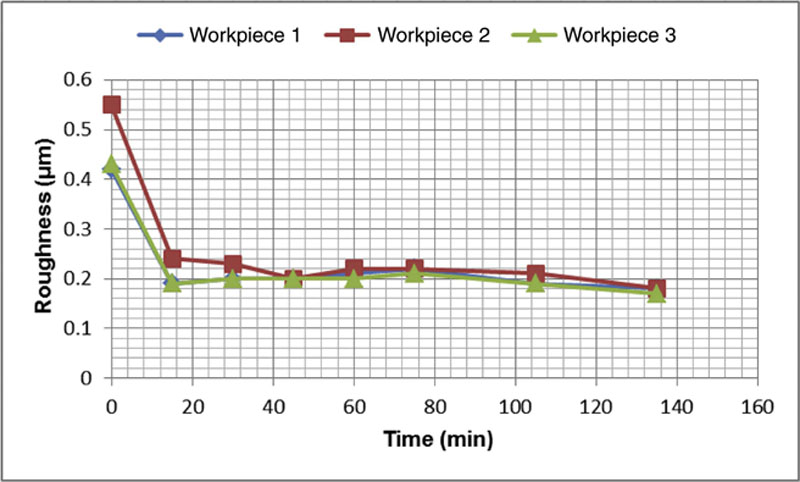
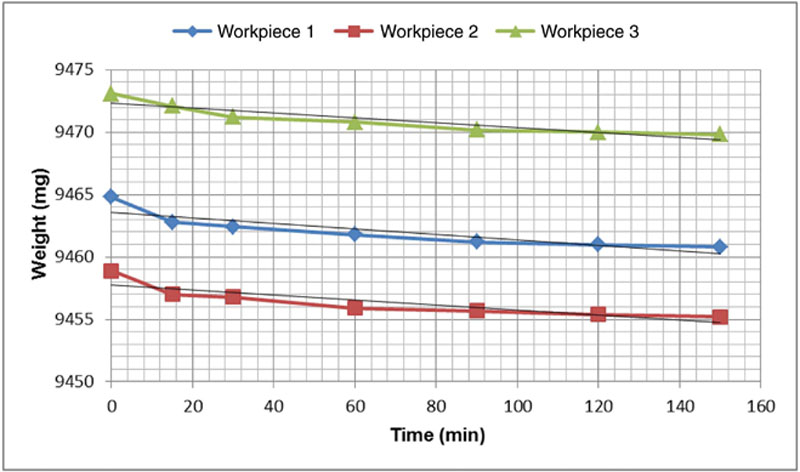
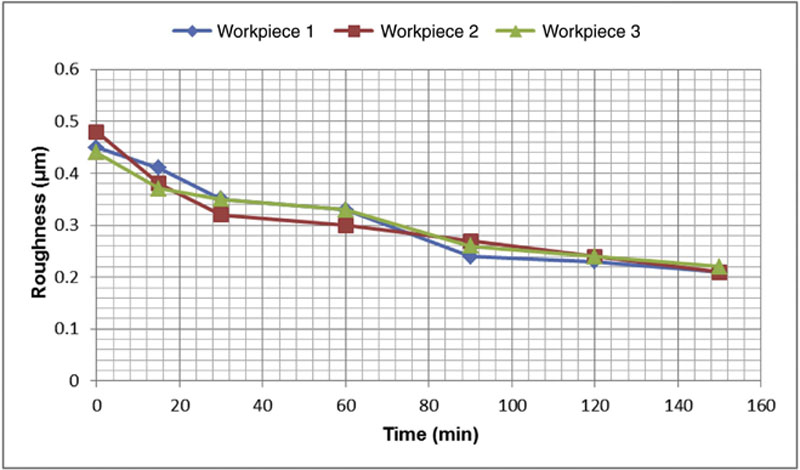
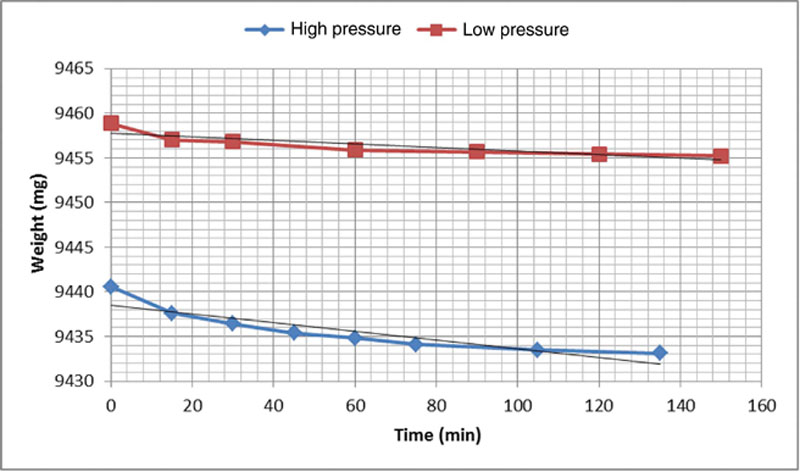
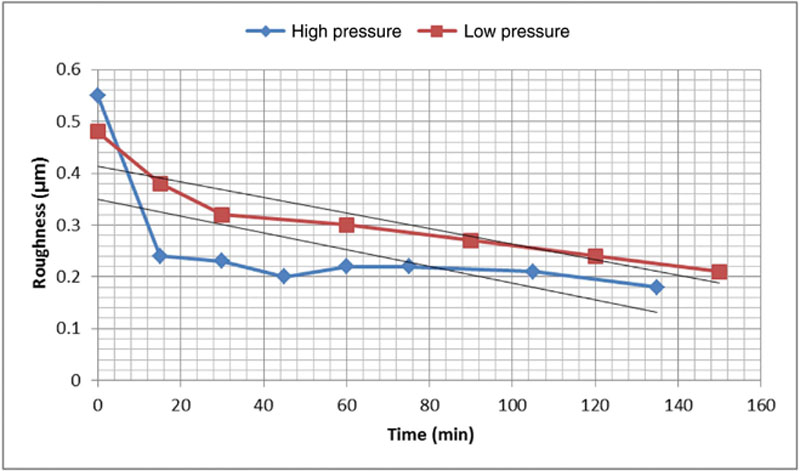
8.6. Optimal methods for improving grind/lap of ceramics
Influence of Abrasive Powder on Performance of UV-Bonded Diamond Wheel

Lapping Experiment on Aluminum Oxide
Table 8.7
Experiment Condition of MA and ST-MA Lapping
| Lapping machine | Lapmaster12 |
| Roughness test machine | Pocket surf |
| Lapping speed (rpm) | 40 |
| Lapping coolant | C270E |
| Lapping time (minute) | 15, 30, 45, 60, 90, 120 |
| Workpiece | ø20 mm aluminum oxide rings |
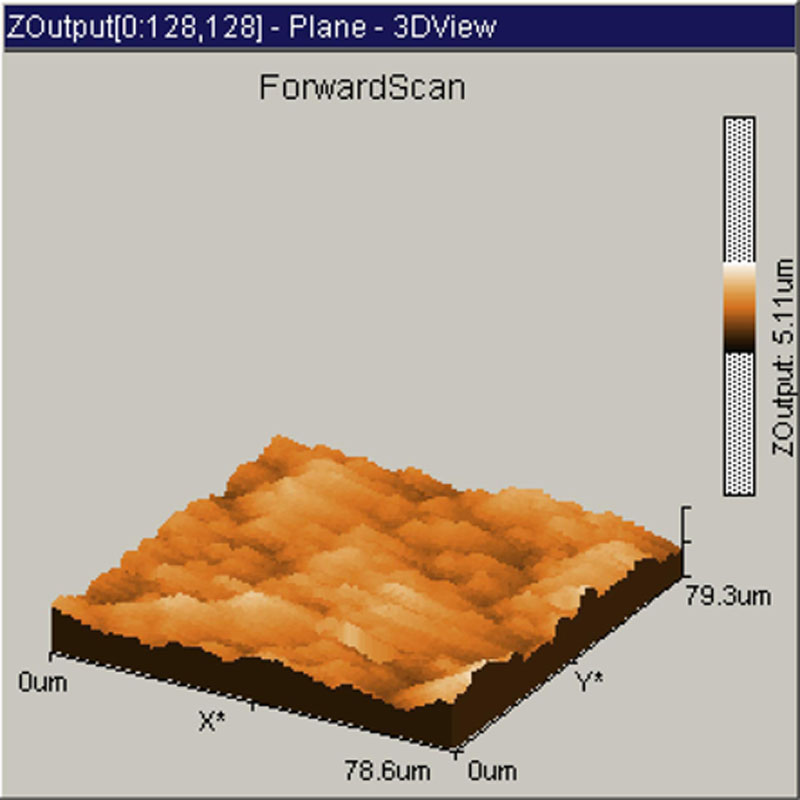
Experiment Results and Discussion
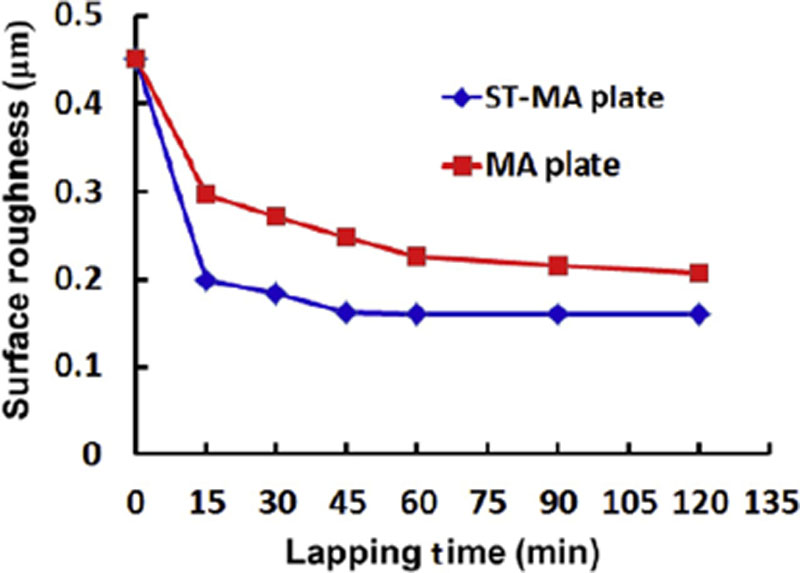
Influence of Nanoparticles on UV-Bonded Diamond Wheel Performance
Details of the Nanoparticle-Mixed Resin Material Experiment
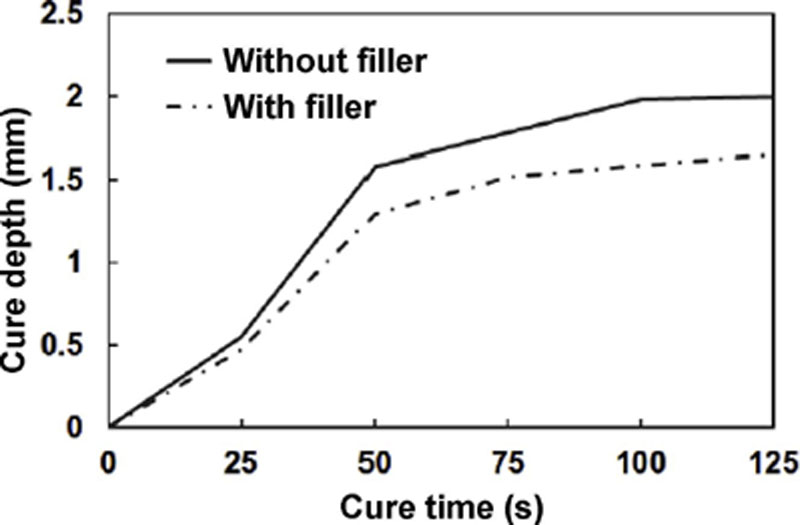
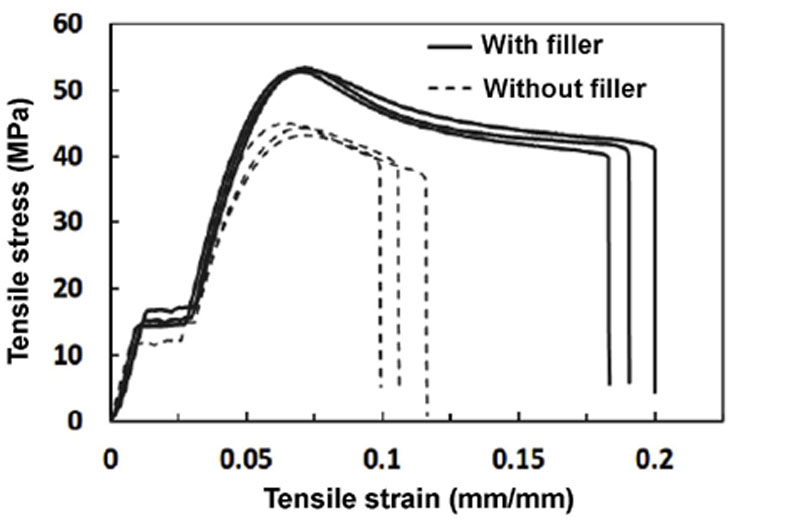
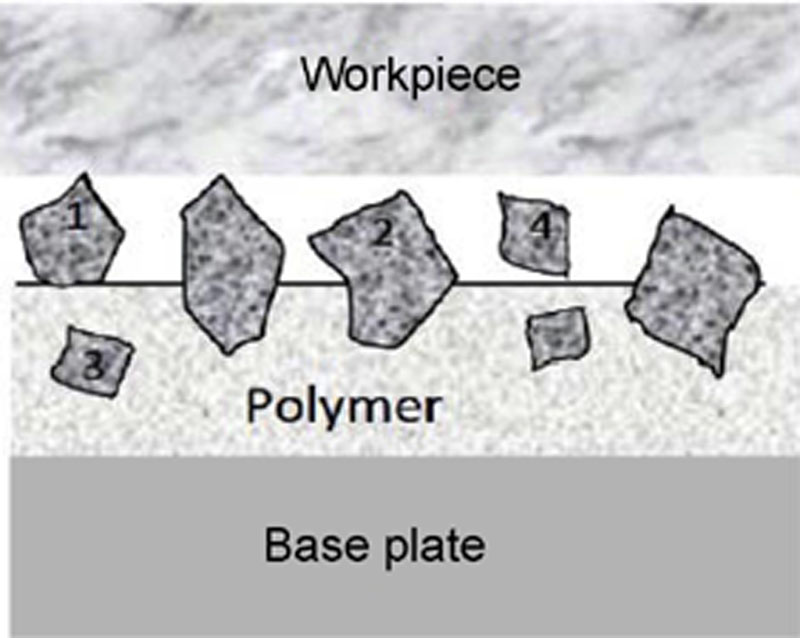
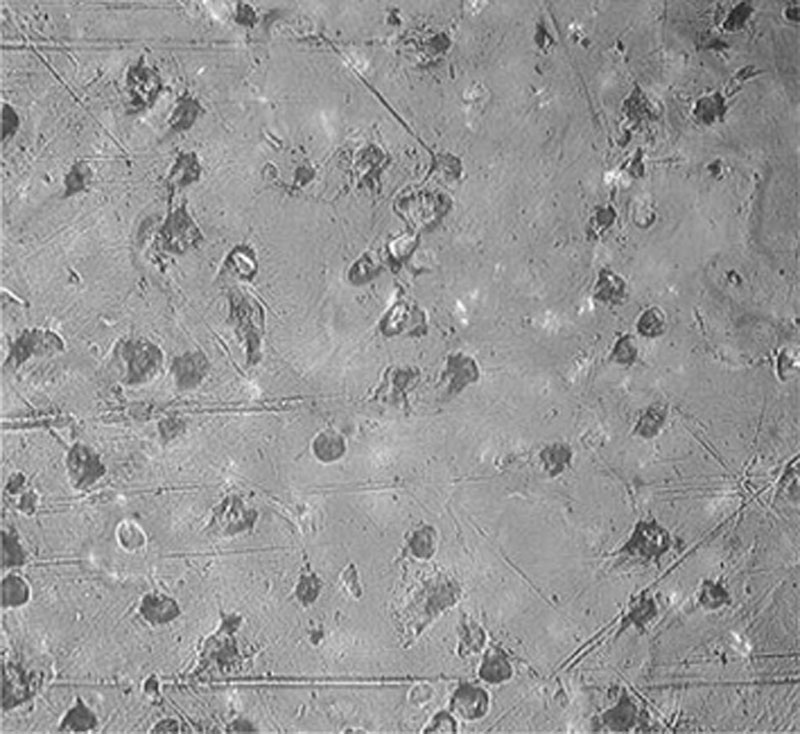

Lapping Performance
